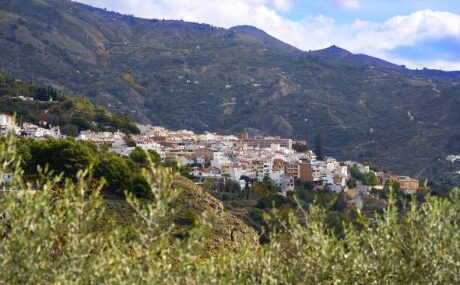In a unique legal twist, the village of Lanjarón in Spain has declared it illegal to die within its borders — a symbolic law introduced in response to limited burial space.
Located in the province of Granada in Andalusia, Lanjarón is a small town known for its mineral springs and picturesque surroundings. But in 1999, then-mayor Jose Rubio implemented an unusual decree aimed at addressing a long-standing issue: the town’s overcrowded cemetery.
The mayor issued a formal edict stating it was “hereby forbidden to die in Lanjarón,” asking residents to “take utmost care of their health so they do not die until town hall takes the necessary steps to acquire land” for burials. The law, while not enforceable in practical terms, symbolized the urgency of resolving the town’s burial capacity problem.
At the time, Rubio acknowledged the absurdity of the statement but insisted it served a purpose. “I am just a mayor,” he said, “Above me there is God, who is ultimately the one who runs things.” He added that locals took the law with humor and good spirits.
Today, more than two decades later, Lanjarón still has only one cemetery. Though the declaration made it technically illegal to die there, it remains largely a publicity move. Nonetheless, the idea has resurfaced online, gaining new attention from younger audiences, particularly on social media platforms like TikTok.
Lanjarón, home to around 4,000 people, has become a popular destination for wellness tourism, thanks to its natural springs and bottled water industry. While the town’s burial ban stands out, it’s not alone in such a move.
Another place where it’s illegal to die is Longyearbyen, Norway. Since 1950, the town has banned burials due to the extreme cold preventing bodies from decomposing, raising public health concerns over the preservation of viruses like the 1917 influenza.
These symbolic bans continue to draw global curiosity, blending local governance challenges with bizarre legal humor.
Need more weird news? Click here.

